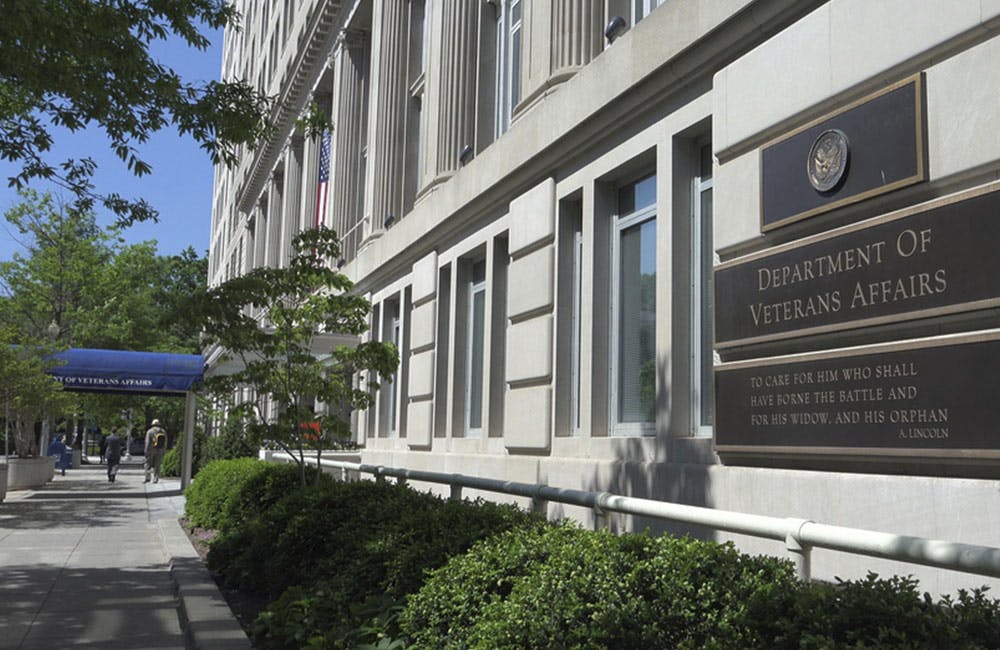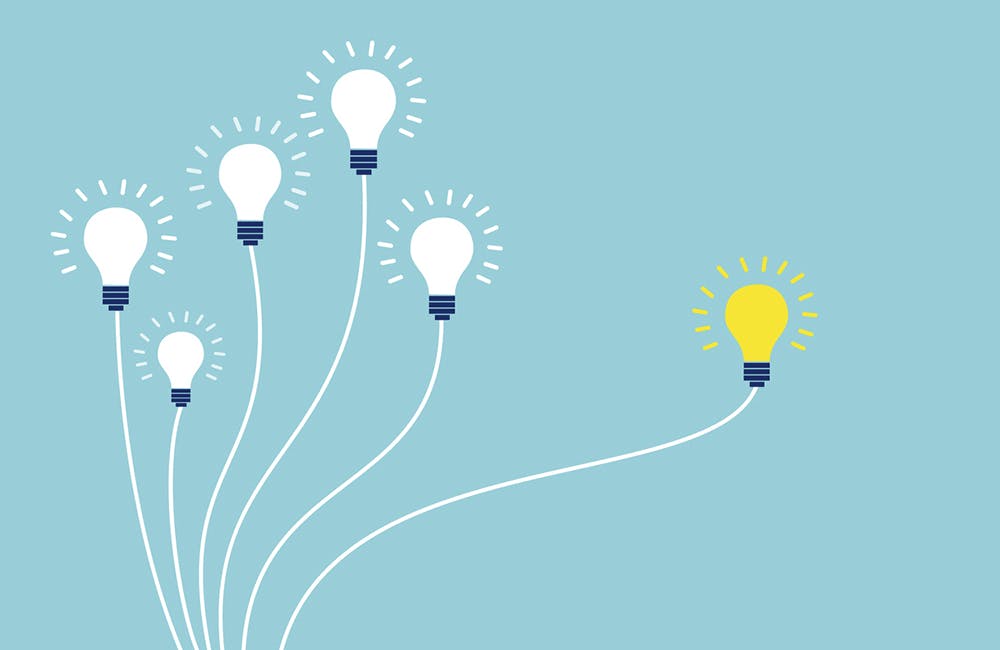Inside One DHS Office’s Journey to Electronic Records Management
The Office of Intelligence and Analysis has a mix of short-term and long-term goals to achieve electronic records readiness.

Transitioning from paper record-keeping to electronic is a key component across federal IT modernization strategies, but aligning the budget to the effort has been a challenging hurdle.
Although electronic records management provides countless benefits and efficiencies, IT departments sometimes struggle to get the funding, said DHS IT Program Manager Jon Anders at a recent FCW Electronic Records Readiness event.
Anders, who works in the Office of Intelligence and Analysis office at DHS, said electronic records management can help his office comply with Freedom of Information Act (FOIA) requests, Congressional requests for information and basic IT functioning to support intelligence community missions.
“At [my office], you can imagine any intelligence organization within the intelligence community really has competing goals and requirements,” Anders said at the event. “Just amongst the intelligence team, everyone is competing for the limited number of dollars we have.”
Unfortunately, IT departments often get the budget leftovers.
“Mission requirements are always going to beat out records management (for funding dollars),” he said.
To prove electronic records management’s worth, Anders is focused on detailing the benefits of electronic records management.
“Whenever you make an investment in a new technology, you want to know what the return on investment is,” he said. “A lot of the work of our staff is tied up in is administrative work instead of the mission.”
According to Anders, it’s easy to draw a straight line between electronic records management and dramatically improved efficiencies and mission performance.
“The record management piece will provide for better IT searches — I can’t tell you how much time we spend having high-up officials searching for information pieces,” he said. “Also speaking to our privacy and FOIA teams, one of the things we found is that there are weeks and weeks where GS-14 and 15s are searching and searching for record requests. If we don’t respond to these requests in a timely manner, there are legal fees we are responsible for paying.”
In outlining the return on investment potential, Anders showed how the agency can save weeks of time on FOIA requests and Congressional inquiries by digitizing its records.
Anders said his office has a mix of short-term and long-term goals for electronic management, including targeted workforce training, an annual internal audit review process, and ultimately deploying an electronic records management system that meets all of the National Archives and Records Administration’s “must-have” and “should-have” requirements.
“There are 73 lifecycle requirements for everybody’s program to achieve, 56 must-haves to be NARA-compliant and 17 should-haves. When [my office] looked at those requirements, we felt that the should-haves are just as important as the must-haves,” he said. “Our vision is to become a records management leader within DHS and really foster collaboration with our internal and external partners, promoting continuous improvement, innovative tools and technology.”
The office is on track to deploy electronic records management by the third quarter of 2021. Anders expects artificial intelligence to play a vital role in electronic records management.
“In 2022, our CTO is looking to deploy Microsoft and Azure clouds in our secret and top secret environments,” he said. “In 2022 or 2023, I will be looking with our cross domain service program manager across secret and top secret networks.”
This is a carousel with manually rotating slides. Use Next and Previous buttons to navigate or jump to a slide with the slide dots
-

NSF Wants Industry Driving Quantum Innovation
The agency is pushing for partnerships to enhance the research community as Congress weighs additional legislation.
3m read -

White House Science Chief: US-Driven AI Sets Global Standards
Michael Kratsios outlined how American AI technology on the global stage will help standardize the tech and counter China’s influence.
5m read -

Modernizing Critical Infrastructure in the Face of Global Threats
Officials are expanding the latest strategies in boosting defense infrastructure, including securing satellite communications, upgrading enterprise-wide technology, optimizing data management.
20m watch -

Trump AI Orders Call for Speed in Building Infrastructure
The directives call for expanding AI infrastructure, streamlining federal permitting and promoting AI exports.
4m read -

DOD Accelerates Software Modernization with Agile DevSecOps Push
The Pentagon's software implementation plan tackles cultural hurdles and integrates security early to deliver critical capabilities faster.
6m read -

White House Unveils AI Action Plan to Secure Global Dominance
The strategy outlines steps to accelerate private sector innovation, build critical infrastructure and advance U.S. leadership in AI policy and security.
3m read -

VA's Platform One Powers Rapid Innovation to Bolster Digital Services
VA's Platform One accelerates software development timelines from weeks to hours, ultimately enhancing digital services for veterans.
5m read -

Federal Leaders Receive Federal IT Efficiency Flywheel Awards from GovCIO Media & Research
Five federal IT leaders received Flywheel Awards for driving innovation and modernizing technology at the Federal IT Efficiency Summit.
5m read -

Doing More with Less is Muscle Memory for IRS, Former Deputy CIO Says
Darnita Trower discusses her experience, the legacy she’s left behind and how she pushed the IRS to modernize itself,
20m watch -

Opinion: Original Intelligence Is the Missing Piece for AI Transformation
Limitations of AI agents and development drive growing needs for workforce development and "original intelligence."
3m read -

VA CIO Targets Modern IT and Smarter Workforce Alignment
Agency leaders told lawmakers they are focused on trimming legacy systems and restructuring its workforce to streamline operations.
3m read -

Pentagon's $200M AI Contracts Signal Broader Effort to Transform Talent
The Army is leveraging Silicon Valley, reservist programs and new hiring strategies to integrate critical digital skills in its ranks.
5m read
















